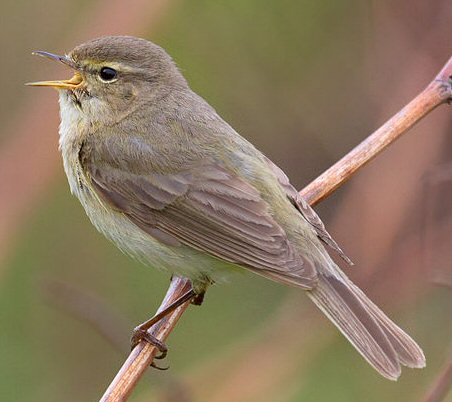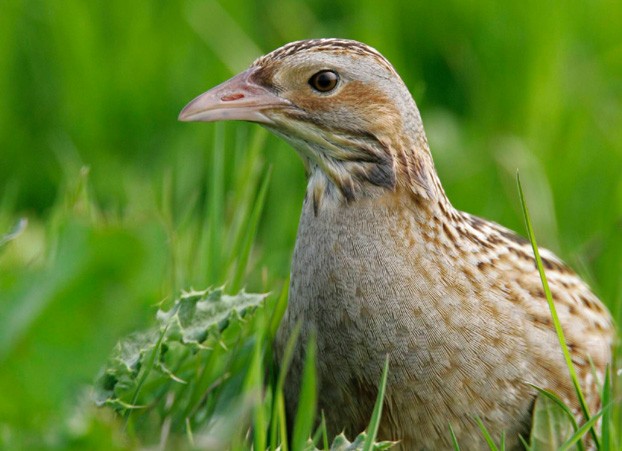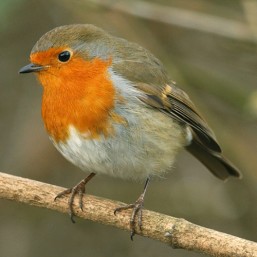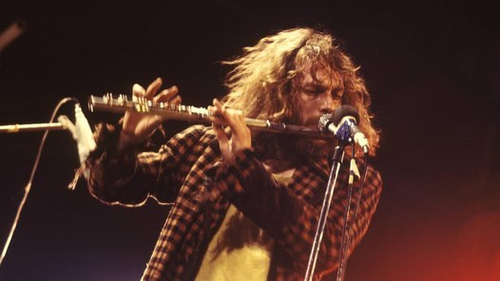Chapter Five of Mr Key’s Book Of Birds, a work in progress.
The pratincole is a type of bird. Beak, feathers, power of flight etcetera etcetera. It is something of a neglected bird. In a poll, when asked to list, with a minimum of thought, the first five birds that came into their heads, nought percent of respondents named the pratincole. And there were a lot of respondents. A lot. It was one of the biggest polls ever conducted by the Pratincolophilia Society, and the results caused its members severe disappointment.
Pratincolophilia is the technical term given to the psychological state of attraction to pratincoles. This can vary from a casual regard and appreciation of the bird, as when a person clomping about in the sort of environment where one might see a pratincole (meadows and marshes in southern Europe, Africa, Asia, and Australia) spots one and smiles and says, “Gosh! What a delightful little pratincole!”, to full-blown crazed adoration of the bird. Pratincolophiles at the far end of the spectrum have been known to erect shrines and altars on which they place simulacra of the object of their obsession, made from plaster of Paris or plasticine or wax or marzipan. Occasionally they might obtain a stuffed pratincole from a friendly taxidermist. These people are doolally but harmless, and you might be acquainted with one for years without suspecting the nature of their inner mania, or even that they are maniacs at all. Commonly, the first hint you will be given is when the pratincolophile, speaking in a strangely heightened and excited tone of voice, invites you into the sanctum wherein stands the shrine or altar to their bird. In these circumstances, the best thing to do, having prostrated yourself upon the floor and jabbered a rum litany of nonsense, as bidden, is to pretend you have an urgent appointment, preferably on the other side of town, and to scarper without looking back. Next time you bump into your acquaintance, you would be advised to steer the conversation away from any bird-related topics whatsoever.
It is a curious fact, however, that high spectrum pratincolophiles often display absolutely no interest in any other types of birds. If anything, they seem blitheringly ignorant about birds in general. Boffins have yet to identify the “danger points” which propel the casual or low spectrum pratincolophile, the one clomping about with a pair of binoculars and a healthy interest in other types of birds, to the bonkers level. It may have something to do with brain chemistry, or exposure to airborne toxins, or trauma, though it is difficult to imagine what possible trauma could be occasioned by a little pratincole. Still, the Lord moves in mysterious ways, as we know, and it would not be beyond His wit to think up some horror involving a maddened flock of pratincoles and visit it upon a poor benighted sod.
I am often asked – well, no, I am not often asked, in fact now I think about it, nobody has ever asked me – “Mr Key, if there is such a condition as pratincolophilia, is there a concomitant condition of pratincolophobia?” Should that question ever be put to me, and I hope it will be, one day, before I die, I will have an answer ready.






